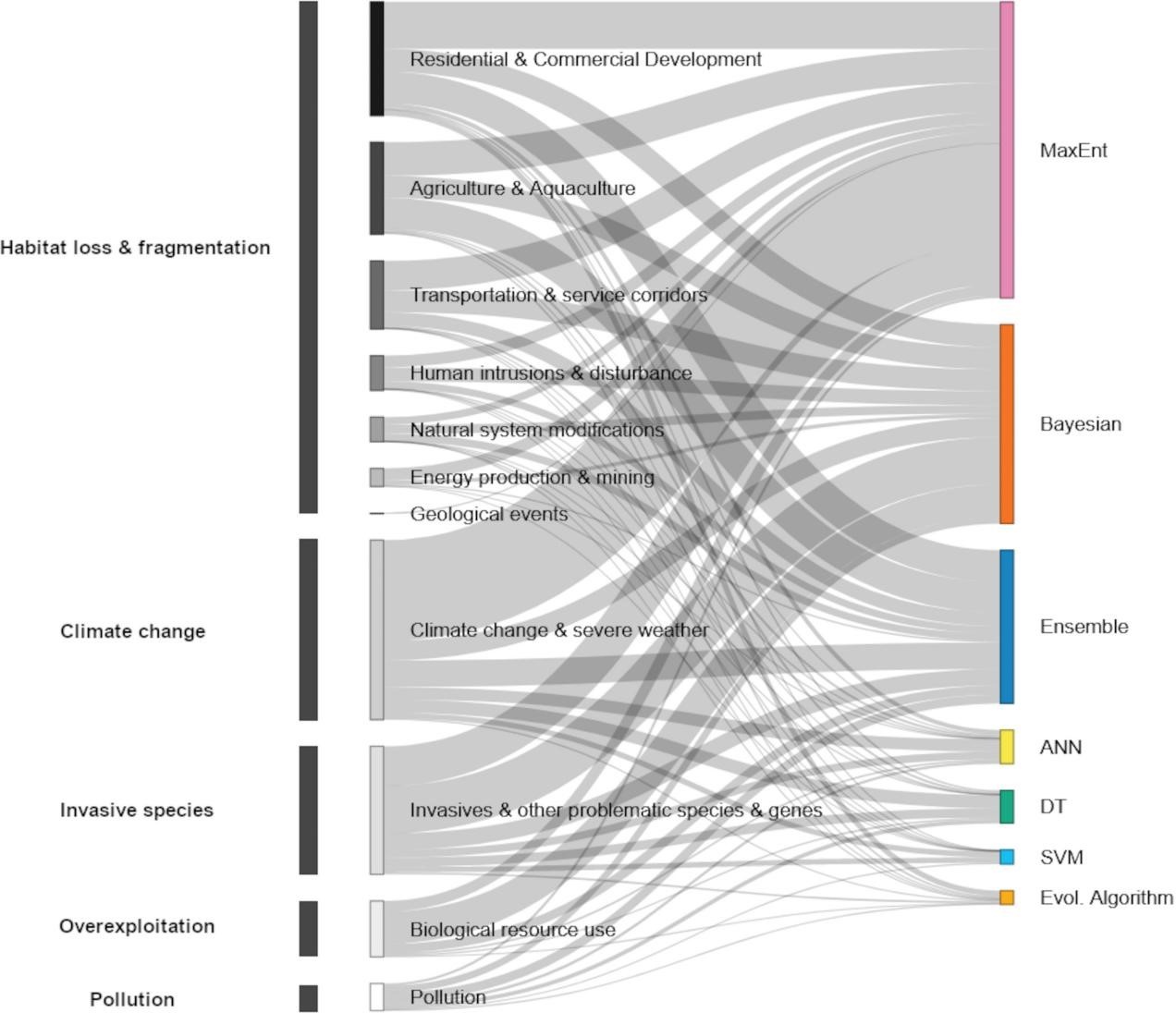The paper “The use of machine learning in species threats and conservation analysis” authored by Vasco Branco, LASIGE PhD student at the University of Helsinki, Luís Correia, LASIGE integrated researcher, and Pedro Cardoso (researcher at the University of Helsinki) was recently published in Biological Conservation (Scimago, Environmental Science/ Nature and Landscape Conservation # 5/195, h-index = 224).
This work represents the most extensive review on the use of machine learning in conservation biology science. Systematically classifying academic literature by topic and method, it seeks to summarise and reveal new trends. With its potential in big data analysis, machine learning is particularly useful for tackling global conservation problems that often involve vast amounts of data and complex interactions between variables as typical for ecological systems and data. As major findings, it is reported that Maximum entropy, Bayesian (regression or classification models), and ensemble methods (tree-based models, either bagging or boosting) are the most popular types of models used. Their relevance to modern conservation issues (and associated data types), their relatively simple implementation, and availability in a variety of software packages are the most likely factors to explain their popularity. Other common models such as neural networks, decision trees, support-vector machines, and evolutionary algorithms have been less used, often for specific problems, with some model applications showing promise in dealing with increasingly complex data and scenarios.
The paper in its entirety can be consulted here.
